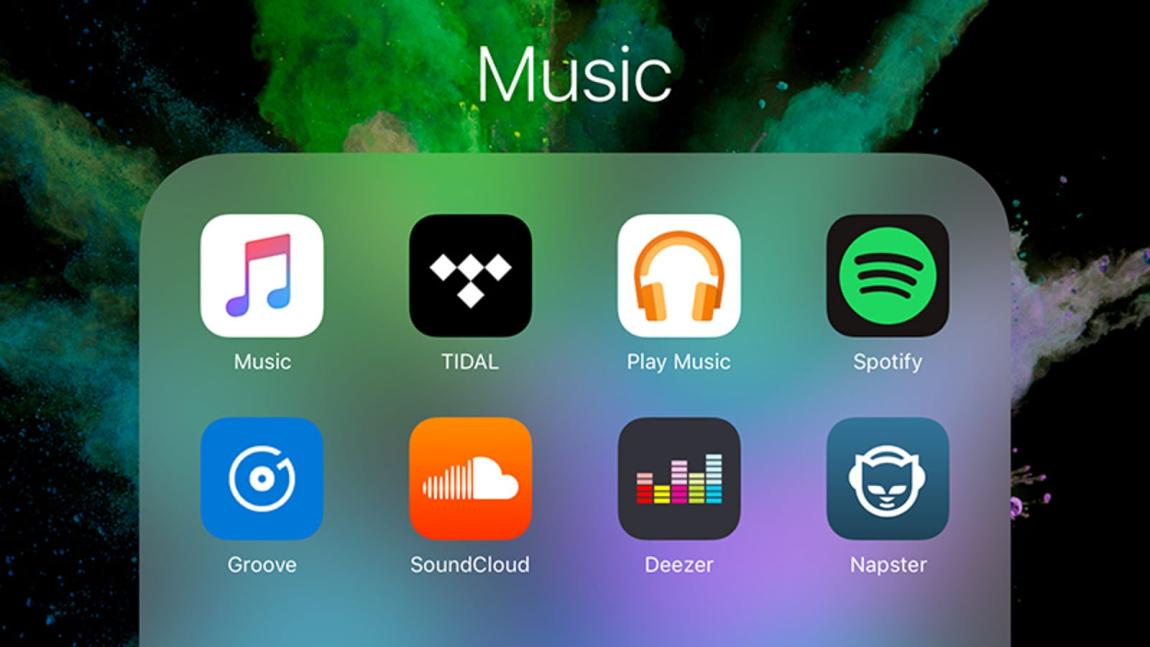What Are the Different DivX Streaming Protocols?
DivX streaming protocols are a set of technologies that enable the delivery of video content over networks. They play a crucial role in ensuring smooth and efficient streaming of DivX-encoded videos, a popular video format known for its high quality and small file size.

I. DivX Streaming Protocols: An Overview
1. Streaming Protocols: A Brief Introduction
Streaming protocols are communication protocols designed specifically for the transmission of media content, such as video and audio, over networks. They define the rules and procedures for how data is packaged, transmitted, and received to ensure reliable and efficient delivery of media content.
2. Advantages And Disadvantages Of DivX Streaming Protocols
DivX streaming protocols offer several advantages, including:
- High-quality video streaming: DivX streaming protocols are optimized for delivering high-quality video content with minimal loss of detail.
- Efficient bandwidth utilization: DivX streaming protocols are designed to efficiently utilize available bandwidth, reducing buffering and ensuring smooth playback.
- Wide compatibility: DivX streaming protocols are supported by a wide range of devices, including computers, smartphones, tablets, and smart TVs.
However, DivX streaming protocols also have some disadvantages:
- Potential for latency: DivX streaming protocols may introduce some latency, which can be noticeable in real-time applications such as video conferencing.
- Security concerns: DivX streaming protocols may be vulnerable to security threats, such as eavesdropping and unauthorized access to content.
II. Types Of DivX Streaming Protocols
There are three main types of DivX streaming protocols:1. DivX Network

DivX Network is a peer-to-peer (P2P) streaming protocol that allows users to share DivX-encoded video files directly with each other. It operates on a decentralized network, where users act as both content providers and consumers. DivX Network is known for its high efficiency and ability to deliver high-quality video content even over low-bandwidth connections.
2. DivX Media Server
DivX Media Server is a client-server streaming protocol that allows users to stream DivX-encoded video files from a central server to multiple clients. The server is responsible for managing the distribution of content to clients, ensuring smooth playback and efficient bandwidth utilization. DivX Media Server is commonly used in home networks and small businesses to share media content among multiple devices.
3. DivX Plus HD
DivX Plus HD is a high-definition (HD) streaming protocol that supports the delivery of DivX-encoded HD video content. It is designed to provide high-quality HD video streaming with minimal buffering and latency. DivX Plus HD is commonly used for streaming HD movies and TV shows over the internet or local networks.
III. Comparison Of DivX Streaming Protocols
The following table compares the three DivX streaming protocols based on their key features, advantages, and limitations:
| Protocol | Key Features | Advantages | Disadvantages | |---|---|---|---| | DivX Network | Peer-to-peer (P2P) | High efficiency | Potential for latency | | DivX Media Server | Client-server | Centralized management | Requires a dedicated server | | DivX Plus HD | High-definition (HD) streaming | High-quality HD video | May require high bandwidth |IV. Factors Influencing The Choice Of DivX Streaming Protocol
The choice of DivX streaming protocol depends on several factors, including:
- Network bandwidth: The available bandwidth of the network connection will determine the maximum bitrate that can be supported for smooth streaming.
- Number of clients: The number of clients that will be simultaneously streaming content will impact the choice of protocol, with some protocols being more suitable for large-scale streaming.
- Content type: The type of content being streamed, such as movies, TV shows, or live broadcasts, may influence the choice of protocol based on its specific requirements.
- Security requirements: The level of security required for the streaming content may influence the choice of protocol, with some protocols offering more robust security features.
V. Conclusion
DivX streaming protocols play a vital role in delivering high-quality video content over networks. The choice of protocol depends on various factors, including network bandwidth, number of clients, content type, and security requirements. By understanding the different DivX streaming protocols and their capabilities, users can select the most appropriate protocol for their specific needs, ensuring smooth and enjoyable streaming experiences.
As technology continues to advance, we can expect to see further developments in DivX streaming protocols, enabling even higher quality video streaming, improved efficiency, and enhanced security.
YesNo

Leave a Reply